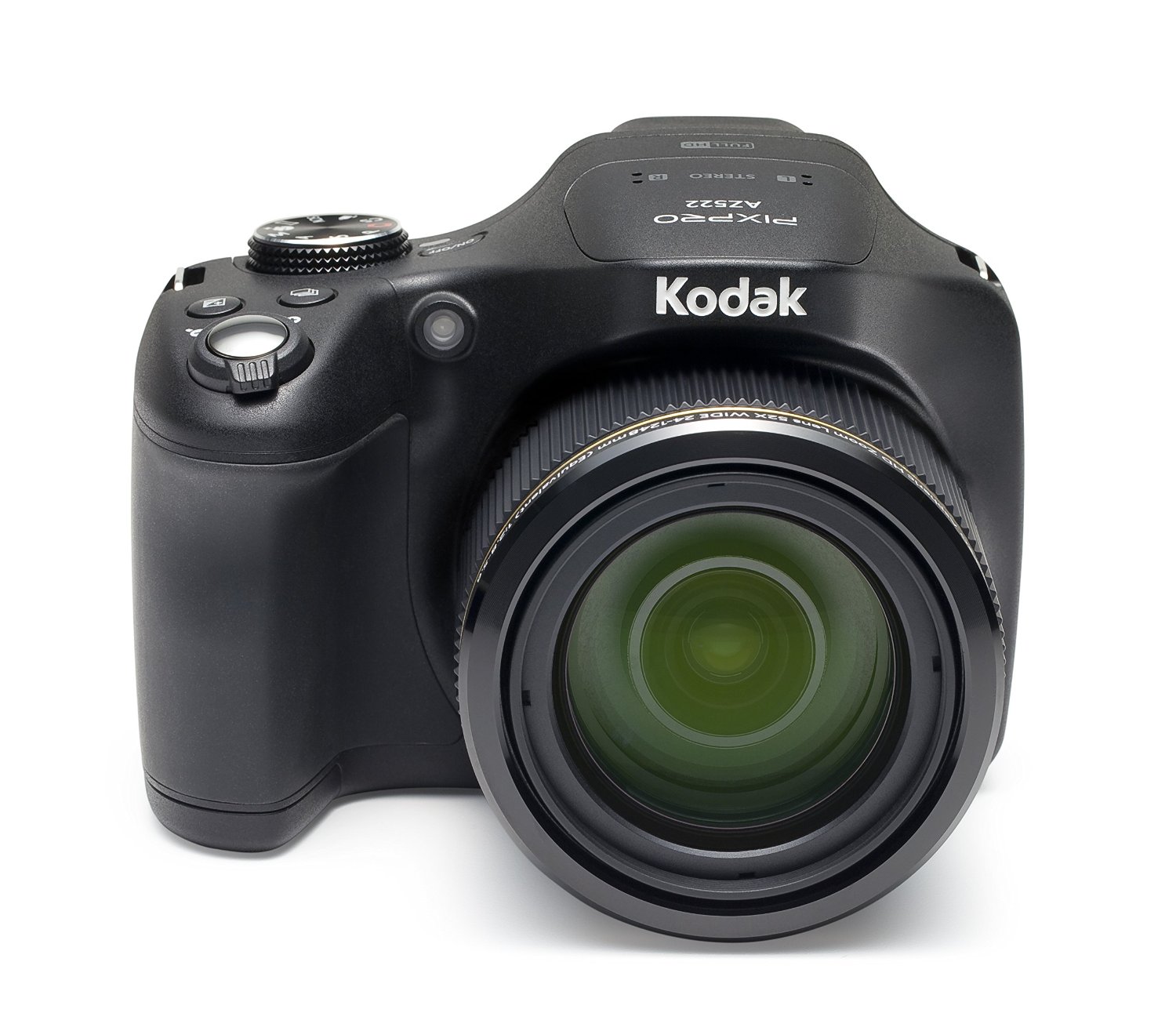

The smartphone’s results ought to be much worse. The main technical difference between smartphone cameras and standalone digital cameras is that smartphones use tiny lenses and tiny sensors. It’s only in low light that images tend to look grainy, because of image noise. In my (limited) experience, however, most cheap smartphones take perfectly good pictures in good lighting conditions. Of course, if you buy a mid-range or low-end smartphone, you won’t get many special features, and the general quality will be lower.

You will have to think about what you want to shoot, and pick the smartphone that best meets your needs. Some phones shoot 4K video or raw images, possibly by using accessory software to extract the image data before it has been processed.Īs a result, the best smartphone camera for one user may not be the best for another. Some have dual lenses and dual sensors and combine the results, like the LG G6. Many offer HDR for high dynamic range images, and some use “stacking”, such as the Google Pixel (it captures a short sequence and combines the results into a single image). Some manufacturers have added 4K video facilities.


 0 kommentar(er)
0 kommentar(er)
